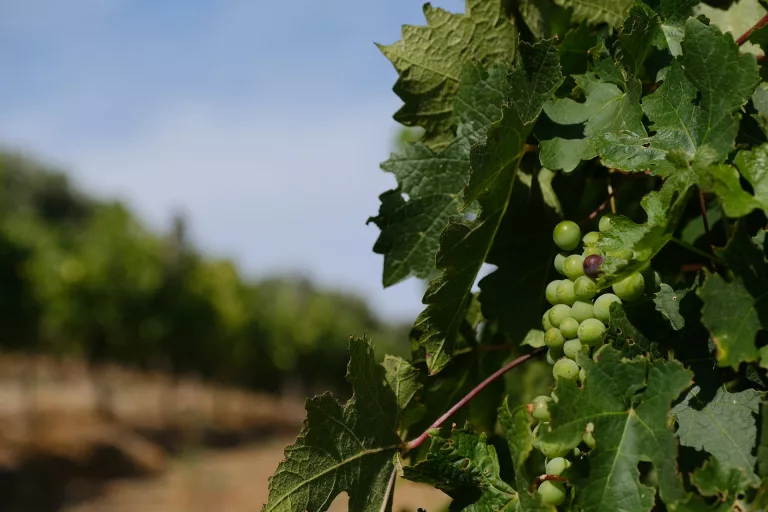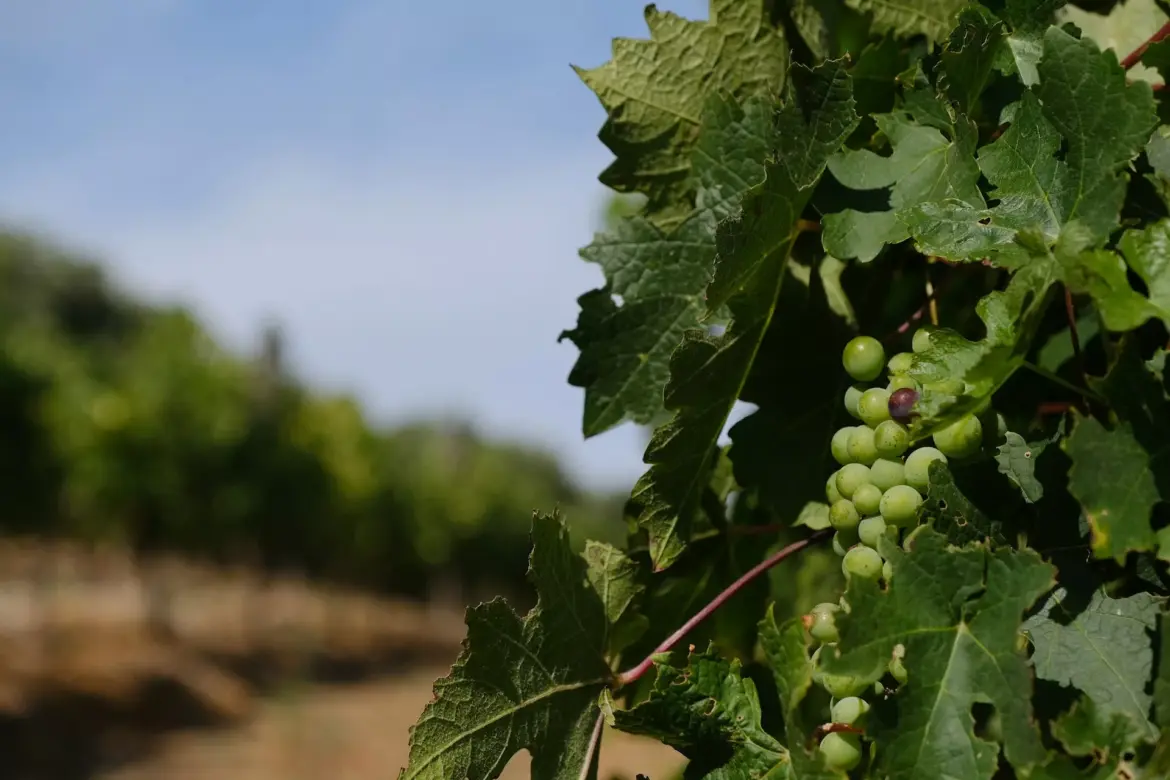The latest edition of the World’s 50 Best Vineyards list (covering ranks 51‑100 for this stage) has placed four South African estates among the world’s most celebrated wine‑tourism experiences.

Image used for illustrative purposes/Sebastian Nowozin/Unsplash
This achievement reinforces the country’s rising reputation as a destination where wine, scenery and visitor experience combine to memorable effect.
While the full top 50 rankings are still to be revealed, the inclusion of these estates already signals that South Africa is moving from a winemaking region to a world‑class wine‑tourism destination.
The South African estates recognised
Below is a closer look at each estate that made the ranking, including its location, unique visitor appeal and signal value for wine travellers.
Tokara Wine & Olive Estate (No. 71)
Situated on the slopes of Simonsberg in the Banghoek Valley near Stellenbosch, the estate offers sweeping vistas over False Bay and the Winelands.
Ranked 71st on the 2025 list, Tokara blends premium wine tasting with olive oil experiences, fine dining and contemporary architecture.
For Getaway readers planning a Winelands trip, this signals a stop where wine is just one part of a multi‑sensory experience: art, landscape, and flavours.
Delaire Graff Estate (No. 79)
Perched above the Helshoogte Pass in Stellenbosch, Delaire Graff stands out for its integration of fine wine, art, and high‑end hospitality.
At 79th place on the 2025 list, the estate underscores how the Winelands are offering more than glass‑in‑hand but full‑blown destination experiences.
Readers who want to combine luxury accommodation, vineyard landscapes and creative culture will find this a strong pick.
La Motte Wine Estate (No. 94)
In the heart of Franschhoek, La Motte pairs heritage architecture, a family‑friendly environment and an art gallery with vineyard hospitality.
Claiming the 94th spot in the extended 2025 ranking, the estate demonstrates that not only the heavyweights but also regionally rooted Winelands players are gaining international acknowledgement. This is a compelling suggestion for travellers who want character, beauty and wine without the pressure of ‘must‑see’ crowds.
Hamilton Russell Vineyards (No. 99)
Located near the cooler‑climate coastline of Hemel‑en‑Aarde, Hamilton Russell is well known for its Pinot Noir and Chardonnay vineyard expressions.
At 99th on the list, its inclusion highlights that South Africa’s coastal wine zones are also coming into the global spotlight. For those seeking wine regions slightly off the well‑trodden path of the larger Winelands, this offers a quieter, stylised alternative.
What this means for South Africa’s wine‑tourism
Wider recognition and positioning
These rankings elevate the profile of South Africa in the competitive global wine‑tourism marketplace. Travellers who might once have defaulted to Bordeaux, Tuscany or Napa may now see the Cape Winelands as a worthy destination in its own right.
Experience‑led tourism takes precedence
What emerges from the list is a clear shift: wine estates are no longer solely about cellars and vats but about architecture, dining, landscape, art collections and immersive stays. The listed estates reflect this.
Geographic diversity within the region
The four estates span the Stellenbosch Valley (Tokara, Delaire Graff), Franschhoek (La Motte) and coastal Hemel‑en‑Aarde (Hamilton Russell). That spread is meaningful for travellers wanting to build a multi‑region itinerary rather than sticking to one grape valley.
A call to slow travel
With global eyes on South Africa’s wine‑tourism offering, Getaway’s readership may be inspired to plan multi‑day wine‑region stays, pairing wine tasting with heritage, nature and leisure.
A potential itinerary for travellers
Day 1–2: Arrival in Stellenbosch. Visit Tokara and Delaire Graff. Enjoy sculpture gardens, premium tastings and sunset views.
Day 3: Move to Franschhoek. Stay at or near La Motte. Explore the estate, its art gallery and the Franschhoek village.
Day 4: Head towards the coast and Hemel‑en‑Aarde. Visit Hamilton Russell. Gather a slower‑paced experience in a cooler climate setting.
Day 5: Optional extension: explore neighbouring wine farms or pair with nature outings (hiking, coastal drives) to enhance the travel narrative.
South Africa’s wine‑tourism story is evolving fast. With four estates earning places in the world’s top 100 vineyard experiences, the country is stepping into a new era of recognition. For travellers who value more than a quick tasting‑room stop, but an immersive stay in the region, landscape and hospitality, these estates deliver.
When you next plan a Winelands route, consider building around these wines‑plus‑destination experiences rather than ticking boxes. South Africa is ready to welcome you — glass in hand.
Source: The World’s 50 Best


Dining and Cooking